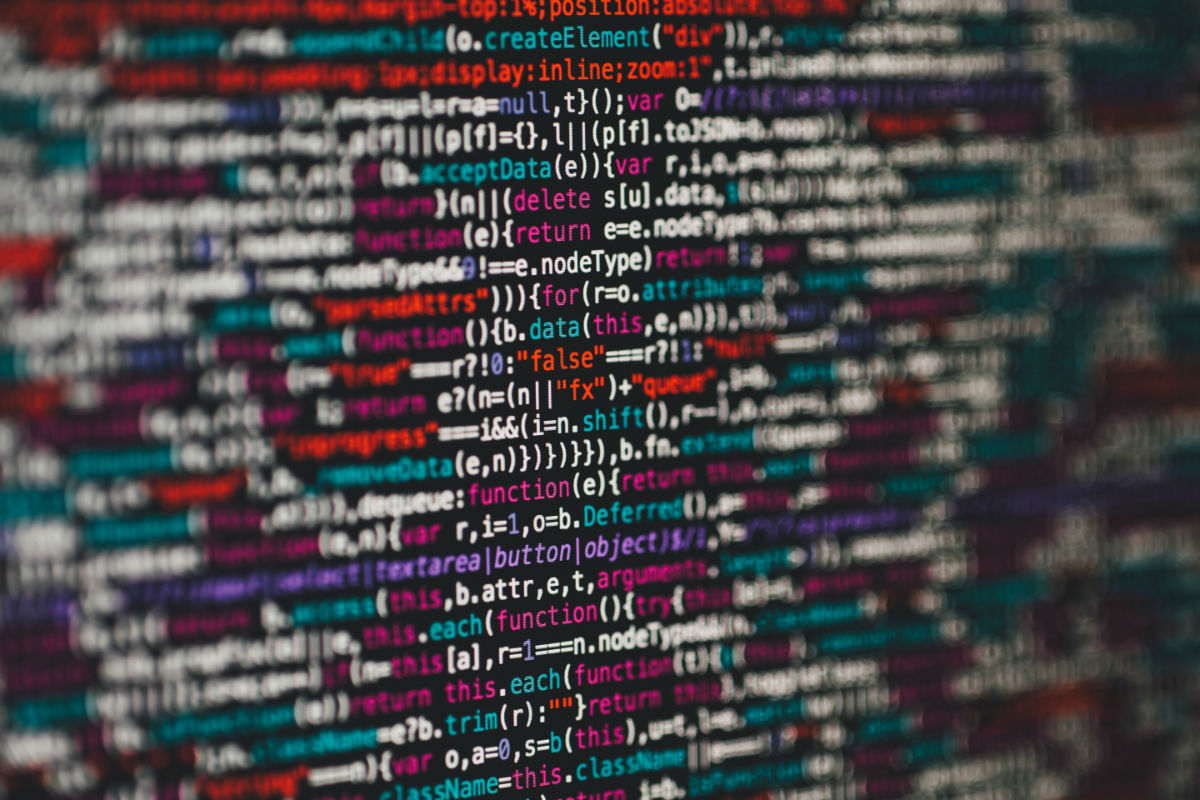It’s come from nowhere to be one of the largest and most important phenomena of the 21st century. In less than 15 years, it has revolutionized how we do business, how products are marketed, and how we research what buyers want, when they’ll buy it, and how much they’ll pay for it. But what is Big Data, why has it come from nowhere, what are the implications for customers, and how will deep diving into customers’ personal habits help businesses and organisations in the future ?
Definition of Big Data
Big Data is an ever-expanding universe using colossal computing power to break down information (data) into manageable chunks that can provide insights of human behavior. Say you run a small coffee shop. You know the customers, see which types of coffee are most popular by checking what has gone through the till, the most popular times of the day and so on. But what if you run a worldwide chain of them? Nobody and no single cheap computer can process that information that day in, day out. This is where Big Data comes in.

Massive amounts of data are crunched to give marketers and businesses – even governments – manageable, crucial insights into products and customers and policies. Specific structured data can be requested, such as units sold in Italy per day or it can be unstructured – as random as a feedback email or review, or a Facebook picture of ‘the greatest cup of coffee ever’. The smallest transaction in Venice can be interpreted by professional data analysts that can eventually feed into critical boardroom decisions at global level that affect the bottom line. If it can be digitized, it can be measured and examined in real-time and as often as is needed for its value to the organization.
Understanding the Big Data Phenomenon
In the age of globalization, Big Data has become a vital component in some phenomenal social changes. Take cell phones for instance. As recently as 25 years ago they were largely the preserve of businessmen in the developed world.
Now billions of mobile phones have been sold all over the globe and are common in the poorest countries. The advent of smartphones gives providers the ability, using Big Data, to see how and when they are used, enabling R&D into better handsets and enabling marketers to tailor their offerings to different markets.
It’s possible that Amazon could not have gone from founder Jeff Bezos’s garage with its initial offering of books to global-striding behemoth in just 25 years without its use of Big Data. It is able to see almost in real-time what products are popular in which territories, helping it to tailor its investments in different countries, and offerings individually to each customer.
While it now sells nearly every conceivable product, if a customer buys, for example, kitchen knives, it can give the buyer prompts on other kitchen equipment to buy, or which items to have in stock if a product begins to trend.
As recently as 1992, Teradata’s 1TB of processed information was cutting edge. Now the capacity to process the information has reached undreamt-of levels. MarketsandMarkets says the Big Data industry will grow from US$140bn this year to a remarkable US$230bn by 2025. And so offerings to help extract, examine and explain the numbers have also mushroomed. But at heart, all boil down to providing a way to interpret a vast amount of information.
Old school methods such as charts and graphs can tell a story quicker than a column of numbers that will cause the most dedicated marketer’s eyes to glaze over. The growth of cloud computing has allowed vast data processors to be used ‘offsite’ rather than spending a fortune on a bespoke system. Google for example uses distributed computing, a concept that involves using hundreds of computers networked in the cloud for search queries.
Smartphones and smart devices, even some television sets, are now collecting, analyzing, and sending what you’re looking at to a server to be potentially used by a social media giant’s marketing department to tailor content or to send ads to your screen.
How does Big Data impact on our Daily Lives ?
While buying a Neil Young album from Amazon may see the retailer pointing you in the direction of Bruce Springsteen, there are many other spheres of life Big Data will impact on.
Take health for example, with many countries using Big Data to try to build up a picture of how the Coronavirus is affecting them. With large-scale testing of potential vaccines due to begin, hundreds of tests can be studied potentially instantaneously. Data analysis could also speed up the development of new medicines, or help to better target scarce medical resources. Governments could use Big Data on vehicle traffic to identify the best places for new roads.
However, the storage and use of people’s habits and occasionally personal information for Big Data have not been without controversy. The European Union’s GDPR legislation means that every new website clicked upon calls up a screen asking the viewer’s permission to collect data from surfing habits. Most notoriously, the Cambridge Analytica scandal saw the personal data of some 50 million Facebook users’ being harvested without consent and used by political campaigns. Meanwhile, in China, authorities are experimenting with facial recognition technology and have introduced a points system based on social media popularity.
Yet despite the controversies, there is no doubt that Big Data is here to stay. Our online viewing habits will be examined, analysed, grouped, parsed, and classified, as governments and businesses try to gain insights into what makes us tick, and to where resources might be best targeted. An industry already worth hundreds of billions of dollars is about to come even richer.

